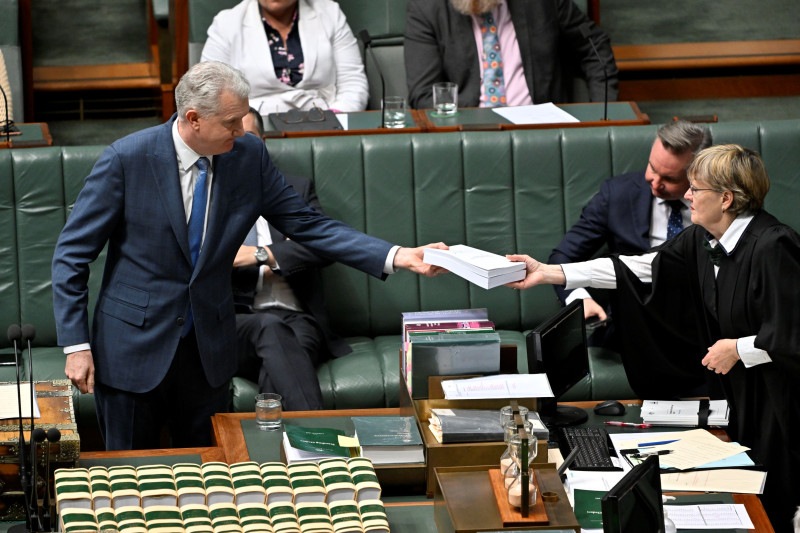Why and how are laws reformed?
Laws are reformed to make sure they continue to meet the needs and values of the community. Law reform means looking closely at existing laws and making changes to improve how they work. These changes aim to make the legal system more modern, fair, clear, or effective. This can be done by changing, updating, or removing laws.
Law reform can happen because:
- a law no longer reflects current community values or expectations, especially as society changes
- changes in technology, like developments in artificial intelligence or new social media platforms, create new challenges that existing laws do not address
- there is a change in Government policy
- a decision made in court highlights an issue with how a law operates in practice
- an inquiry, like those made by the Australian Law Reform Commission, investigates an area of law and recommends improvements
- citizens raise concerns about a law being unfair, unclear, or not working as intended.
Parliament can reform a law by:
- amending it, which means changing part of it
- repealing it, which means removing it completely.
To amend or repeal a law, Parliament must pass a bill in the same process as making a law. It must be agreed to by a majority in both the Senate and House of Representatives and then be given Royal Assent.
A minister introducing a bill in the House of Representatives

David Foote/DPS Auspic
Description
A minister hands a stack of documents to the Clerk in the House of Representatives, introducing a bill to Parliament. Introducing the bill is the first step in the law-making process. After this, the bill must go through several stages before it becomes a law. If both the House of Representatives and the Senate agree to the bill, it is sent to the Governor-General for Royal Assent and becomes law.
Permission should be sought from DPS AUSPIC for third-party or commercial uses of this image. To contact DPS AUSPIC email: auspic@aph.gov.au or phone: 02 6277 3342.